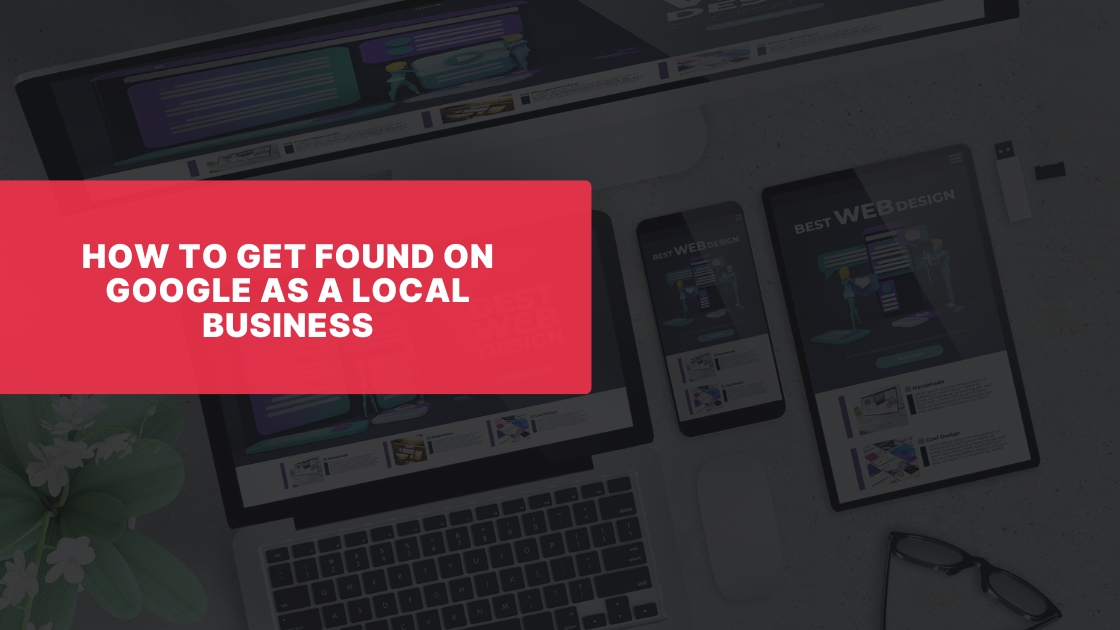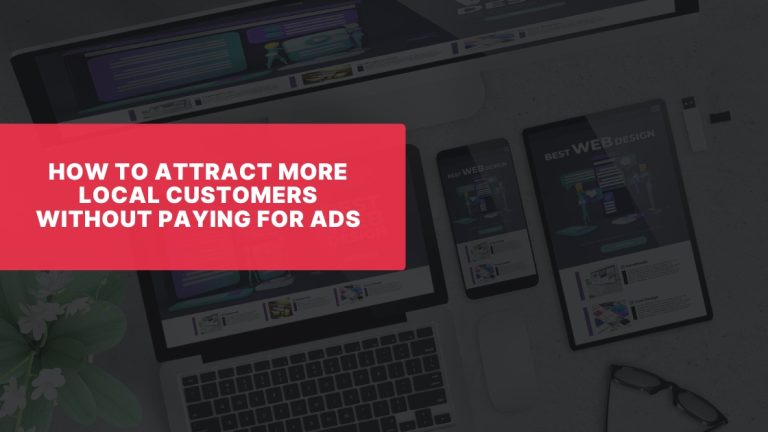If you’re a small or local business, showing up on Google isn’t just nice to have – it’s essential. When people search for services in their area, they’re looking for fast answers and trusted providers. If your business isn’t showing up, you’re missing out on customers every day.
In this guide, we’ll walk through how to get your local business found on Google, step by step. Everything here is simple, doable and designed for business owners who want more visibility – without needing a full-time SEO expert.
1. Set up and optimise your Google Business Profile
If you do nothing else, do this.
Your Google Business Profile (formerly Google My Business) is the free listing that appears when someone searches for your business or service in your area.
To get started:
- Visit google.com/business and claim your listing
- Add your business name, category, address and phone number
- Upload your logo and real photos of your business, work or team
- Set your hours, website and booking details
- Add services, descriptions and keywords where relevant
Tips:
- Use your exact business name (no extra keywords)
- Make sure your address matches what’s on your website
- Choose the most accurate category (e.g. “Plumber”, not “Service Business”)
This profile helps you show up in Google Maps, “near me” searches and the local pack – the three businesses that show under the map in search results.
2. Make sure your website is mobile-friendly and fast
Google wants to send users to sites that work well – especially on mobile. Most local searches now happen on phones, so your website needs to:
- Load in under 3 seconds
- Be easy to use on small screens
- Have clickable phone numbers and forms
Use tools like Google PageSpeed Insights or GTmetrix to check your site’s performance. If it’s slow or hard to navigate, you’re losing leads – and Google may rank you lower.
3. Add your location to your website content
Google needs to know where you’re based. Make sure your town, city or area appears in:
- Page titles and meta descriptions
- Headings (like “Plumbing Services in Bristol”)
- Homepage and service pages
- The footer (with your address and phone number)
Avoid stuffing keywords – just write naturally about what you do and where you do it.
4. Create a dedicated contact page
Your contact page should include:
- Full business name and address
- Phone number and email
- A contact form
- Embedded Google map
- Service area details if you cover multiple locations
Make it easy for Google (and customers) to find out how to reach you.
5. Build location pages if you serve multiple areas
If you cover more than one town or region, create separate pages for each one.
Example:
- /plumber-in-bristol
- /plumber-in-bath
Each page should have unique content – not just copy-and-paste. Include service info, local references, testimonials from that area and a clear call to action.
These pages help you rank in nearby locations where you don’t have a physical address.
6. Get reviews – and reply to them
Reviews play a big part in local rankings. Businesses with good reviews often show higher in search results.
Ask happy customers to leave a review on your Google Business Profile. Make it easy by sending them a direct link.
Then reply to every review, good or bad. This shows Google (and potential customers) that you’re active, engaged and trustworthy.
7. Add your business to local directories
List your business on trusted UK directories like:
- Yell
- FreeIndex
- Yelp
- Thomson Local
- Checkatrade (if relevant)
- Trustpilot or Reviews.io
Make sure your Name, Address and Phone number (NAP) are exactly the same across all listings. Consistency helps Google trust your business more.
8. Use local schema markup (if possible)
Schema markup is a bit of code added to your site that helps search engines understand your business better.
If you’re using WordPress with an SEO plugin like Rank Math or Yoast, you can set this up easily. Choose your business type, add your location, and the plugin will handle the code for you.
Schema won’t change how your site looks, but it helps Google display rich snippets – like star ratings, opening hours and maps.
9. Keep your website content fresh
Google prefers active websites. Adding blog posts, FAQs, or updates to your service pages helps show that your site is alive and relevant.
You don’t need to blog weekly – just a few useful articles can help. Think:
- “How Much Does Boiler Repair Cost in Manchester?”
- “5 Common Signs Your Roof Needs Fixing”
- “The Best Garden Trends in 2025”
Content like this helps with SEO and gives people a reason to trust you.
10. Get backlinks from local sites
A backlink is when another website links to yours. These are like votes of confidence in Google’s eyes.
To get local backlinks, try:
- Joining your local Chamber of Commerce or business group
- Reaching out to local blogs or news sites
- Sponsoring a local event or team
- Partnering with other nearby businesses
The more quality, local links you have, the better your chances of ranking higher.
Final thoughts
Getting found on Google as a local business isn’t about tricks or hacks – it’s about showing up where your customers are and making it easy for them to choose you.
Focus on the basics:
- Optimise your Google Business Profile
- Make your website mobile-friendly and fast
- Use local keywords naturally
- Collect and respond to reviews
- Be consistent with your details across the web
If you do those things well, you’ll already be ahead of most of your competitors.
At Strategy8, we help local businesses across the UK get online and get found. If you want a new website that’s built for visibility, speed and results, get in touch today for a free quote.




